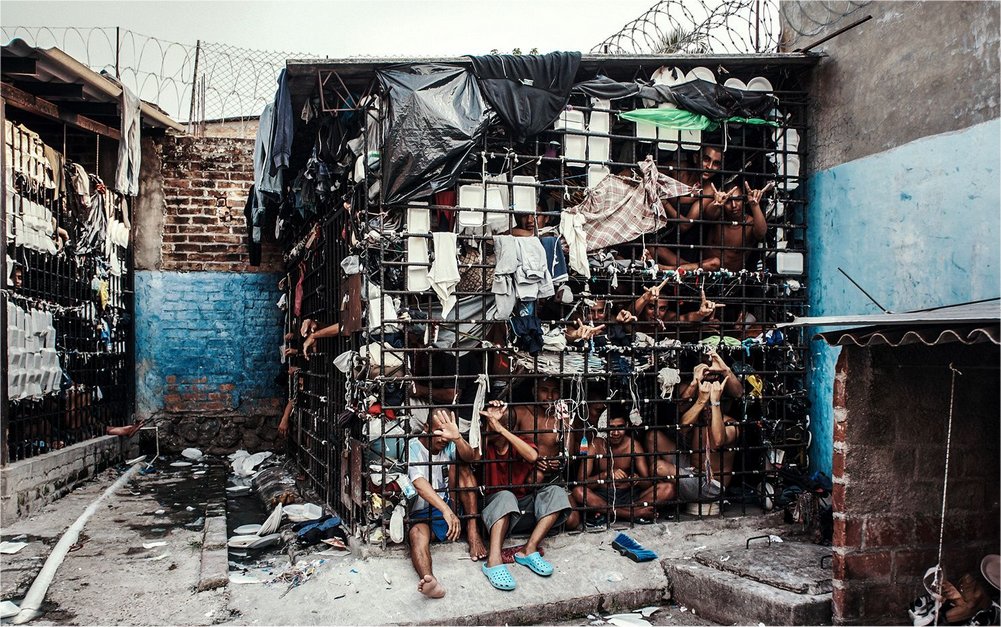- Home
- :
- All Communities
- :
- User Groups
- :
- Conservation GIS
- :
- Blog
- :
- The role of connections & distance in storytelling
The role of connections & distance in storytelling
- Subscribe to RSS Feed
- Mark as New
- Mark as Read
- Bookmark
- Subscribe
- Printer Friendly Page
- Report Inappropriate Content

I've been working on our new "Mapping for Advocacy" theme page, after I helped organize the 2018 SCGIS plenary event of the same name. I hope to include storymap examples I find that have particularly strong narratives and techniques that conservationists can learn from to make their own stories more impactful. Today's find is from the 2018 Esri "Storytelling with Maps" contest. First place winner in the "Culture, History & Events" category was a storymap called "Pay or Die" from the El Salvadorean volunteer NGO Consciente. My favorite quotes from this story:
“During the last two decades, the Central-American country of El Salvador has become the deadliest region in the world that is not at war.”
"This Storymap has told one story in two ways, backed by background and history, showing that both context and different perspectives on this problem matter if we are to understand and tackle it.
We should no longer only see one side of the story.
We should no longer think that what is far away doesn't concern us. Looking at the history reveals that often Western countries helped to create those problems in the first place."
The structure of the storymap was to introduce the problem from a sequence of perspectives, that began with an alarming but not unfamiliar statement about global murder rates, which then led to some surprising connections and relationships. This approach worked very well in the call to action, namely that solving problems requires understanding them, and understanding requires one to look for the other viewpoints and never assume that what is far away is not related. This is a good technique to make conservation stories more powerful, by including human aspects of rural community life that are affected by that natural environment, and including effects and impacts from distant countries in your narrative. Both are ways to build a connection to your issue, via the human interest angle, and via the notion that no one is so distant from your issue that they cannot do something about it right where they are. The photos and images they used were similarly surprising and challenging, such as the one above showing the living conditions of young men jailed on suspicion of gang activity. It's such a striking image that it took time for my mind to comprehend what my eye was seeing, and for that reason I'll never forget it. This is a good example of a storymap that changed me, changed how I think about El Salvador, about immigration, and about the importance of objective, professional journalism.
regards, charles convis
You must be a registered user to add a comment. If you've already registered, sign in. Otherwise, register and sign in.